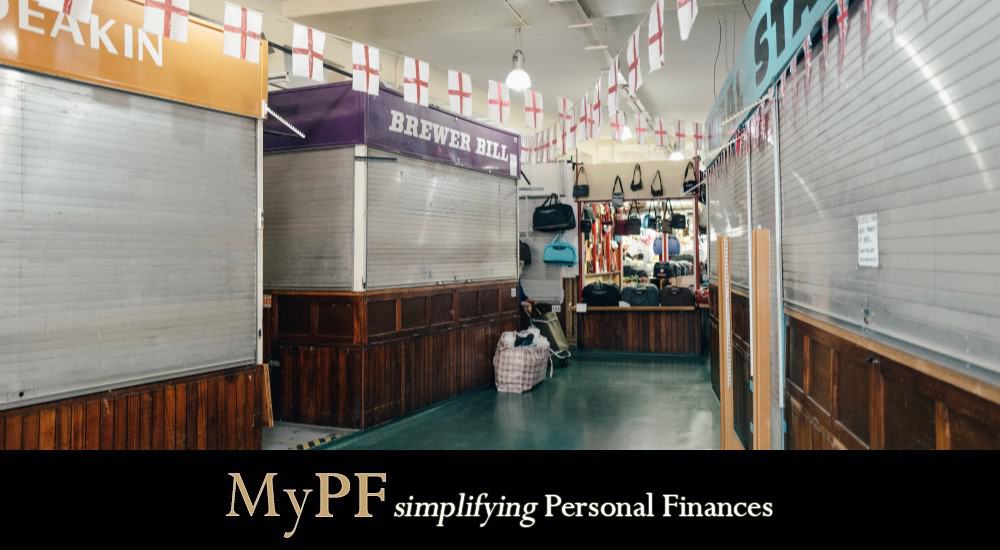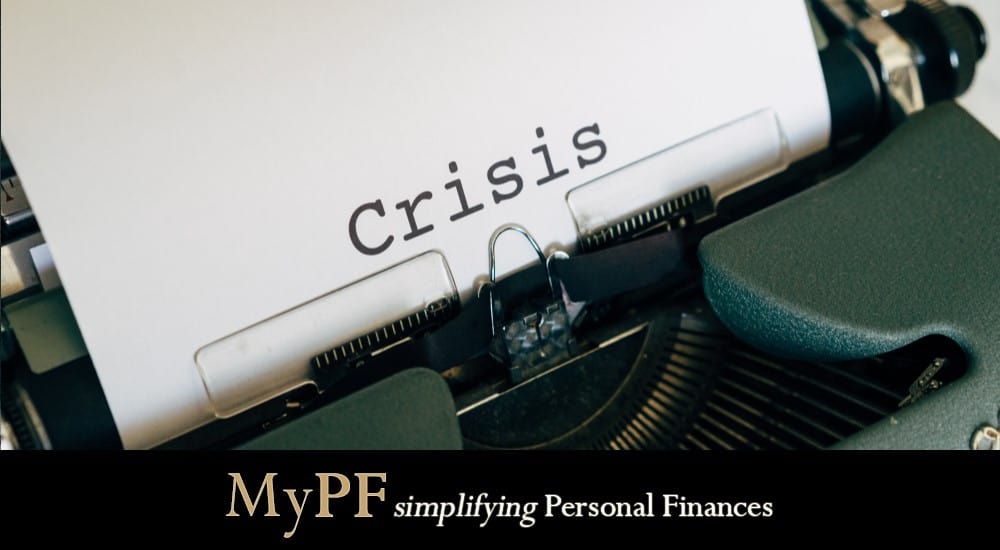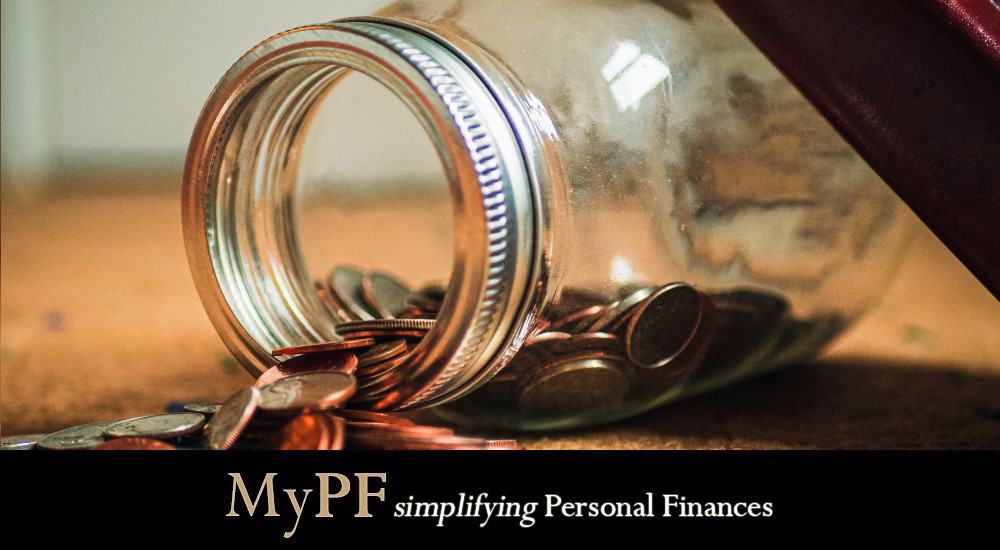Recession is something that should not be taken lightly, so here are some ways to identify, recognise and prepare for it.
Citizens all over the world should keep an eye out for a global markets recession, especially if it might affect their personal money management. Economic downturns can cost millions of people their jobs, retirement savings, and financial stability.
Recessions are an unavoidable element of the business cycle. As a result, knowing the warning signals of a recession might help you prepare. he most important thing to remember during a recession is that things improve. The economy recovers, customers begin to spend again, and jobs are restored.
Contents
What Is A Recession?
A recession, in basic terms, is a severe decline in an economy that lasts more than a few months. The technical definition of a recession is at least two consecutive quarters of negative economic growth. Negative economic growth in these cases is measured by gross domestic product (GDP). However, the term recession is frequently used in a broader sense than that formal definition.
A recession typically lasts between 6 and 18 months. The length of the downturn depends on the severity of the downturn and the steps taken by the country’s government and central bank (the Federal Reserve in the United States) to handle it, among other things. While a single incident (such as the 2008 financial crisis) might cause a recession, economic downturns are a natural component of the business cycle and have various causes.
An economic recession occurs when a country’s economic activity deteriorates for more than two successive quarters. The National Bureau of Economic Research (NBER) is in charge of recognizing and detailing the start and end dates of recessions in the United States. A recession is an unavoidable aspect of the business cycle that will and should occur from time to time to assist economies to reduce wasteful spending.
During a recession, countries see significant disruptions in the economic cycle, such as a decline in sales, an increase in the unemployment rate, and a decrease in economic output.
Examples of Recession
Here are two examples of a recession.
#1. 1997 Asian Financial Crisis
The snowballing started with the financial collapse of the Thai baht (also known as the Tom Yum Kung Crisis), leading to a chain reaction badly affecting Southeast Asian nations as well as Japan and South Korea. In Malaysia, the KLSE dropped over 50% and the ringgit devalued by 50%. The construction sector contracted 23.5%, manufacturing shrunk 9% and the agriculture sector 5.9%. Overall, the country’s gross domestic product plunged 6.2% in 1998.
#2. 2008 Economic Recession
The 2008 financial crisis led to the fall of Lehman Brothers, a significant market participant in the US banking sector. This led to a drop in subprime lending in the country, resulting in decreased bank liquidity. Loans growth was exponential for banks and financial firms that extended credit to individuals without performing any financial checks. As a result, the frequency of defaults rose, converting the credits into non-performing assets and decreased liquidity.
#2. Possible Upcoming Economic Recession?
There have recently been indications that an economic slump might occur in 2022. Furthermore, the Russia-Ukraine conflict appears to be causing an increase in interest rates, reducing economic development and foreshadowing a US economic recession. Since the start of the conflict, the US market has seen inversions in the government bond market. Though economists do not guarantee a recession, the observed inversion has been a prominent component in previous periods of recession. This, in turn, suggests that a recession is on the way.
How Recessions Happen
Excessive credit and debt on risky loans and marginal borrowers can result in a massive build-up of risk in the financial industry. The Federal Reserve and the banking industry can boost the supply of money and credit in the economy to extremes, encouraging dangerous asset price bubbles.
Artificially low borrowing rates in the run-up to a recession can affect the structure of interactions between firms and consumers. It occurs by making interest rate-sensitive business projects, investments, and consumption decisions, such as the decision to buy a larger house or undertake risky long-term business development, appear far more enticing than they should be. The failure of these decisions to reflect reality as interest rates rise is a major contributor to the wave of business failures that characterizes a recession.
What Are The Indicators Of A Recession?
Here are 3 indicators to help you recognise the signs of a recession.
#1. Yield Curve
The “yield curve” is one of the most frequently monitored indications of an imminent recession.
A yield is simply the interest rate on a bond, often known as a Treasury bill. These Treasuries have different maturities or periods of maturity. Some bonds last one month, while others last 30 years. The curve compares how those interest rates fluctuate over time. A bond with a longer term typically has a higher interest rate, which is how the US government issuing these securities compensates investors for risks.
However, when the yield curve inverts, the slope becomes downward sloping. This inversion indicates that investors are demanding a greater yield on shorter-term Treasuries. In this situation, people believe it is riskier to retain their bond for a shorter period. Traders, economists, and strategists all keep an eye on this curve since it has a historical record of predicting downturns. In a world where economic indicators lag, most data is inherently backward-looking. Inversions of the yield curve, on the other hand, have always preceded recessions over the last 50 years.
#2. Confidence Indexes
Even in economics, how individuals feel is important. Consider the ongoing trade battle between the United States and China.
Malaysia’s consumer confidence increased from 99 points in the fourth quarter of 2021 to 108.90 points in the first quarter of 2022. The improvement in existing salaries and employment is what has driven this. Consumers, however, have limited their shopping because they are concerned about the costs.
Consumer confidence remained historically high, despite a drop in early 2019 due to lengthy government closures. It has since rebounded and remained stable. Meanwhile, the OECD’s business confidence index fell below 100 for the first time since 2016, indicating that companies are becoming gloomy about their future performance.
#3. Employment Data
The release of the monthly jobs data is frequently economists’ favorite day of the month.
Due to the endemic phase change, Malaysia’s labor market continued to strengthen in Q2 2022. A rise in employment and a decline in unemployment are both associated with higher labor demand. With an increase of 2.3% year over year to 16.34 million people in Q2 2022, the labor force continued to show signs of growth. As a result, the labor force participation rate (LFPR), which was previously at 69.1 percent before the epidemic, increased by 0.9 percentage points to 69.2 percent (Q4 2019). The employment-to-population ratio increased to 66.5 percent, while the number of people in employment increased by 3.2% to a record 15.70 million. The number of unemployed people decreased during this time, resulting in the lowest unemployment rate since the pandemic.
Predict and Prepare
Researchers and economists have advised Malaysia to get ready by doing everything it can to safeguard the nation’s economic health and self-sufficiency as recession threats in the United States rise.
The economics of recessions have become increasingly complex. You have heard of the term stagflation. This refers to an occurrence of inflationary prices and a recession (meaning loss of jobs and consumer purchasing power simultaneously). According to traditional economics, this simultaneous occurrence should not happen. Inflation happens when consumers have jobs and buying power, not when they don’t have jobs.
This is a good example to show that our traditional economic theories are not well-equipped to handle real-world complexities. Stagflation happen because technology replaces humans (leaving them jobless).
The concentration of technology in the hands of a few leads to the concentration of economic power in the hands of a few. This takes away the purchasing power from the hands of many in terms of concentration of income and wealth. This again leads to a complex scenario of simultaneous inflation (due to the monopoly of technology) and recession (loss of purchasing power) at the same time.
Countries need to know how to manage such situations well in order to maintain socio-economic stability for their people. There is a need to ensure that leaders are chosen from highly competent, creative and experienced people. Countries that practice nepotism instead of meritocracy may be at risk of losing out.
Conclusion – What Can You Do to Prepare Now?
Instead of despair, there are alot of things you can do to prepare for a recession. Here are 4 things you can do to take the bite out of it.
#1. Update Your Resume
For jobseekers, the labor market has been hot, but that might change if a recession occurs. People should brace themselves for decreased overall job stability. With employment at an all-time high, employment is likely to fall. It may therefore be a good idea to update your résumé now so you’re prepared if there are layoffs.
Also, if you have pondered returning to school to obtain an advanced degree or improve your professional abilities, now may be the time to do so. It boosts your future career prospects regardless of the type of economy.
#2. Reduce Expenses
Begin to consider where you may save money. Consider where you want your budget to be in the worst-case and best-case scenarios. Start looking at all the things you spend money on and try to find methods to cut unnecessary costs.
#3. Bulk Up Your Emergency Fund
Many financial gurus advocate having three to six months of living expenses saved up. Depending on your unique circumstances, this may be worth reviewing. For example, in this climate, it could make sense to have more than six months, especially if you believe you might have a future employment problem.
#4. Work On Getting Rid Of Debt
If you have any high-interest debt (or any debt at all), start focusing on getting rid of it. It might not only help you be prepared if you lose your job. Rates are also likely to rise in reaction to Federal Reserve rate hikes.
Have you gone through a recession before and what did you do to weather the storm? Let us know in the comments down below.












Leave A Comment